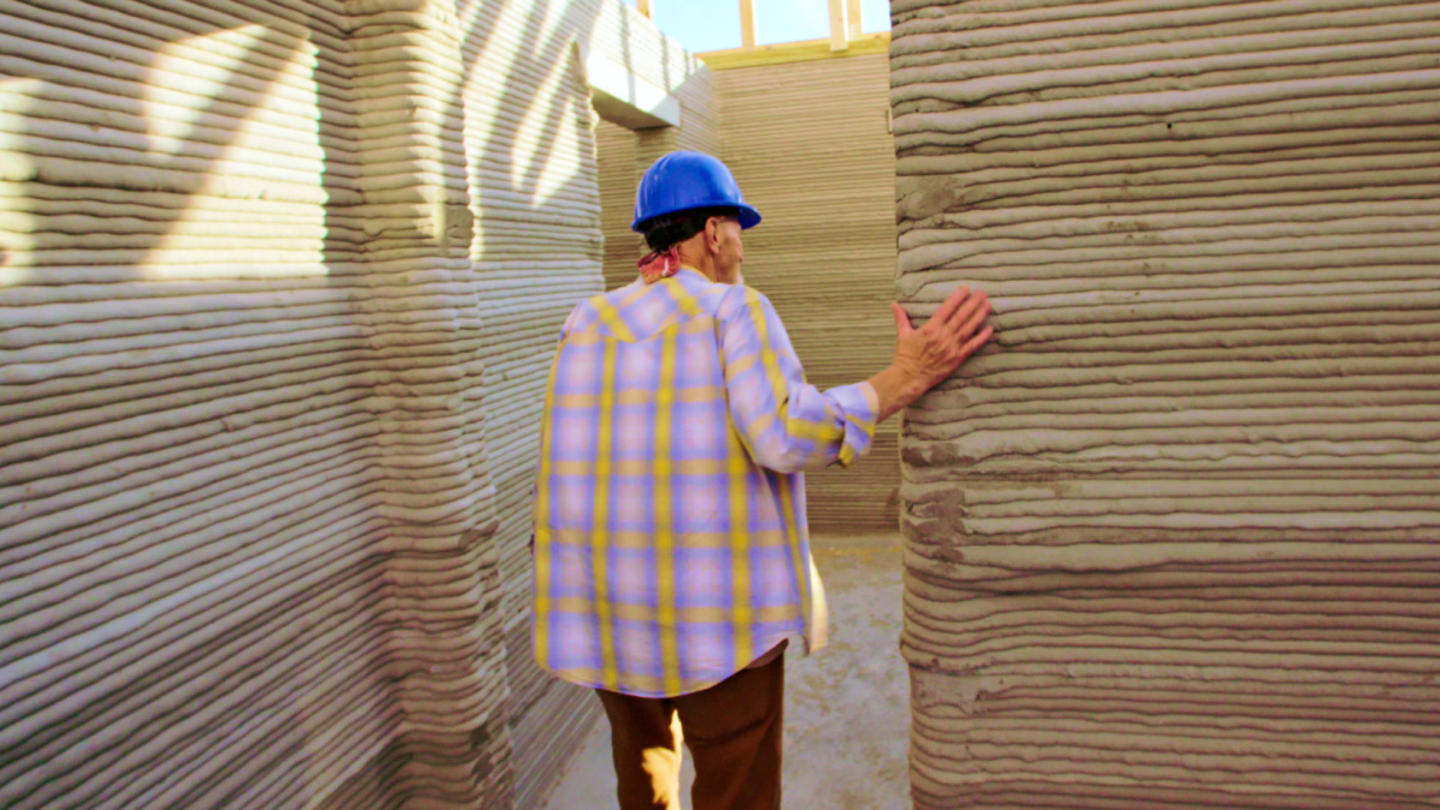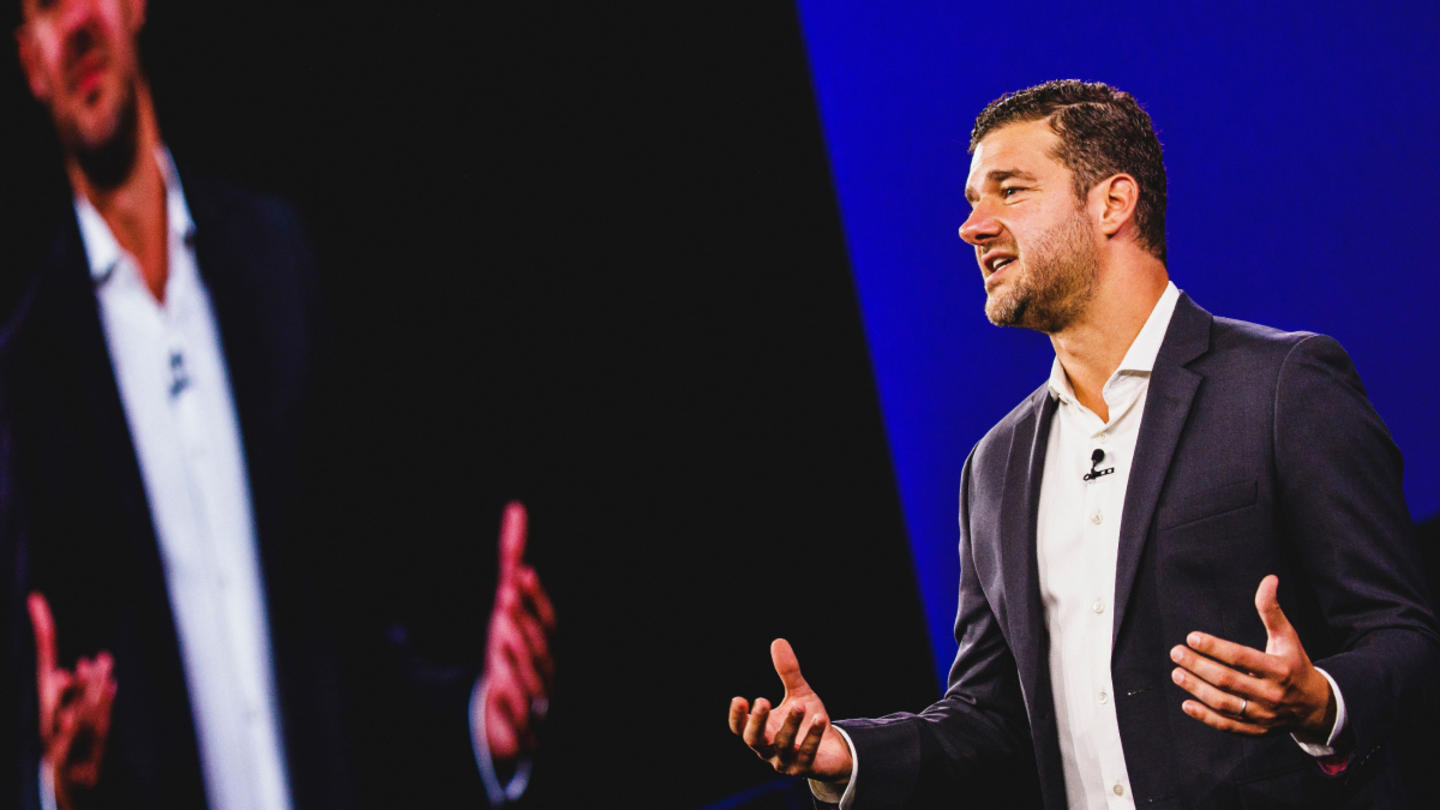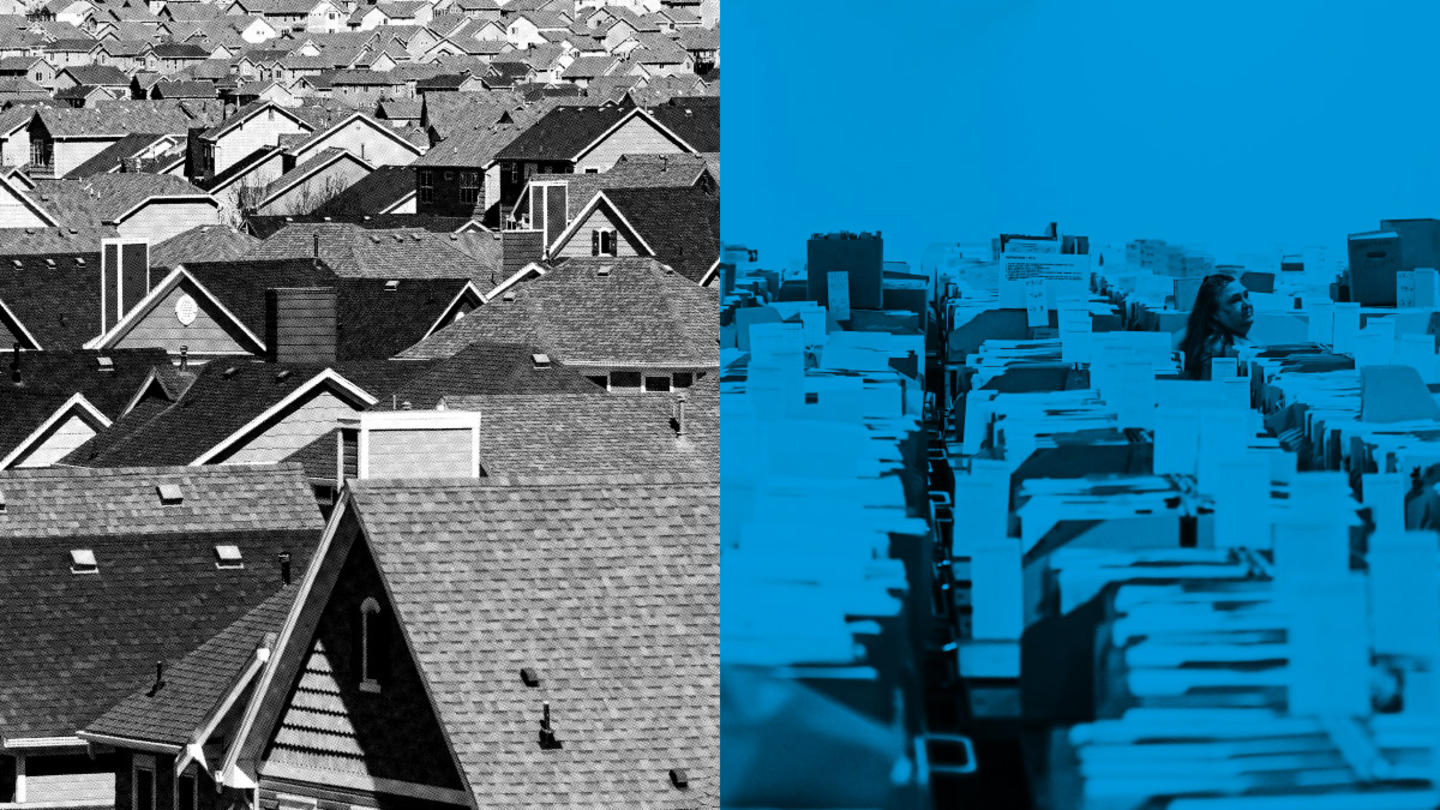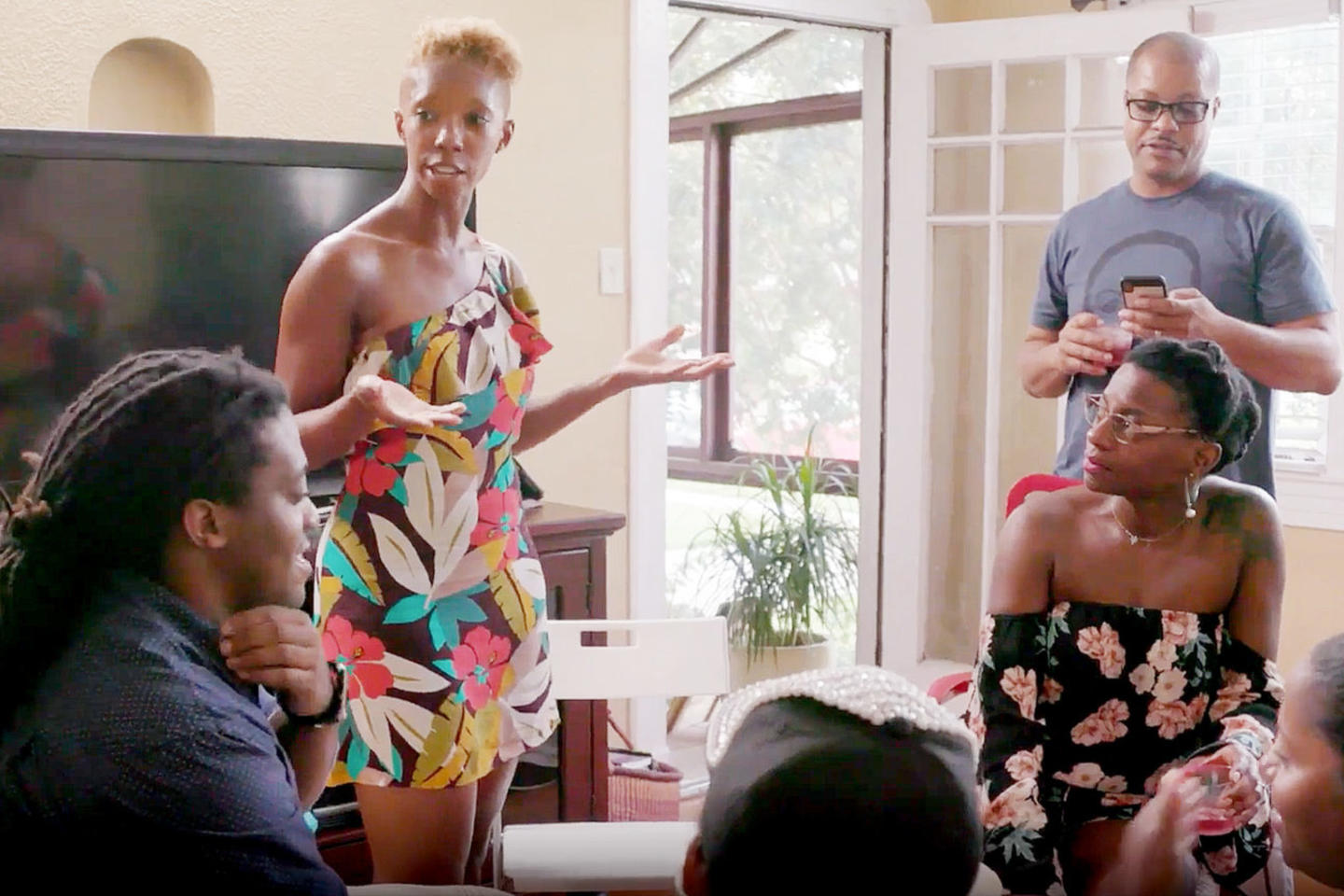Poverty programs based on demonstrating need have done little to eradicate poverty in America over the past fifty years. The data begs a new approach. By taking a critical look at the damaging assumptions about people in poverty, we can also find how changing those assumptions presents new solutions. Learn more about how UpTogether challenges two common misconceptions about low-income families to get them out of poverty.
Imagine, for a moment, a model where capital and resources are unlocked by a person’s potential for achievement instead of desperation. Imagine an alternate credit score that takes into account a person’s care for their neighbor and progress toward education goals. Imagine an app that connects low-income families to a supportive community and direct investment where they are trusted to make decisions for their families.
UpTogether (formerly Family Independence Initiative) is an innovative nonprofit built on that very vision. They’re combining direct investment and technology platforms to challenge false assumptions about poverty and help families and communities escape poverty for good. In the process, they’ve created a new paradigm for poverty alleviation that has the potential to scale across the country and the globe.
Families living in poverty are frequently cast as unmotivated or lazy and viewed in terms of their needs and deficits rather than their strengths. Because of this perception, many well-intentioned government agencies and philanthropic organizations build their programs around fixed requirements, pulling away support above certain thresholds. They also prescribe complex guidelines, believing those in poverty must be told how to improve their situation rather than being asked.
Instead of incentivizing achievement, this approach limits the possibility for sustainable growth and removes agency from the individuals who often know what they need to escape poverty. It also encourages people to jump through hoops—avoiding or hiding alternative income streams, for example—in order to stay qualified for crucial assistance.
“We’re underestimating and underinvesting in a group of people who have the capacity, the will, the creativity, and ingenuity to succeed. Overwhelmingly, people are skeptical because there is an ingrained narrative that people in poverty are not able to figure these things out for themselves,” says UpTogether CEO Jesús Gerena.
Reality: People in poverty are resourceful, gritty, and hard-working. They are motivated to do better for their families.
There is a perception that poverty is a stagnant position. That people are stuck. But the truth is very different. For the 40 million Americans at or below the poverty line, within a four-year period of time, 75 percent will move above the poverty line. This reflects immense resilience and commitment to growth. It also shows that some of the aid programs in place are working.
But the problem is equally clear: within five years, 50 percent will fall back under. Due to the assumptions about people in poverty, support systems typically fall away the moment they see progress—putting them on a difficult path, often right back to the poverty line. Instead, we should be asking how we can invest in the momentum of individuals who are building solutions.
“I envision a country where resources are deployed very differently, so that it’s not about showing how poor you are, it’s not about showing that you’re in deficit or needing to hide what little savings you have or you need to hide an informal business,” explains UpTogether Executive Vice President, Jorge Blandon.
Once trust is built with the families in their program, UpTogether positions them as the decision-makers and puts them in charge of ideas for investment. This results in far more creative and effective solutions than those that would have come from a more prescriptive program.
“We’re telling families and communities, ‘We want to know about those informal businesses because we want to invest in you. We want to know about all the activities that you’re engaging in with your kids because we want to invest in you. Show us just how amazing you are.’”
Jorge Blandon, Executive Vice President, UpTogether
In one case, a mother in the UpTogether program had three children with poor grades. Suddenly, UpTogether staff started to notice that the kids went from D and F students to A and B students. The cause wasn’t tutoring or after-school programs. Instead, she bought a car. Her youngest child suffered from asthma, and when he got sick, she was unable to leave him to get the other kids on the bus to school. With new access to capital, she was able to invest in a solution that helped her take care of her youngest child and keep the older ones from missing class.
This mother’s resourcefulness is emblematic of a greater pattern that UpTogether has seen among their communities: when you give real agency and real resources to those in poverty, people know what they need to do.
Even more importantly, UpTogether doesn’t penalize their partners for success. The average family of four enrolling with UpTogether starts at 104 percent of the federal poverty line. After two years, their average income grows to 127 percent of the poverty line. Instead of dropping back into poverty, UpTogether families have been given the right combination of consistent support and encouragement to drive their future forward.
As a boy, Gerena, UpTogether’s CEO, saw his mother stretch $100 further than anyone, yet the mainstream credit and lending systems considered people earning at her level high risk. This classification leads to people in poverty having limited access to the capital and resources they need to make decisions to better their families. The problem is ultimately one of perception: that poor families are viewed as liabilities rather than assets. They are measured on general economic standards that ignore real-life indicators of trustworthiness.
Even for those individuals who are able to secure access to capital or aid, it often comes with strings attached. They’re unable to use the capital in creative ways that uniquely address their situation.
Now, as a provider of direct investment to families, UpTogether has seen firsthand what happens when you remove assumptions of risk.
“Some will take the dollars and put it directly towards their business, inventory, marketing,” says Blandon. “Others will take those dollars and say, ‘Great, I can now afford to buy school supplies for my children and now I have this bandwidth that I can focus on my business .”
Reality: People in poverty are responsible stewards of resources and community needs.
What if the opposite was true—what if Gerena's mother and other working-poor families were the surest bet and the best investment one could make to help lift people out of poverty?
On average, after two years of engagement with UpTogether, families report a 27% increase in annual income, a 36% decrease in dependence on government assistance, and 88% of students show excellent, good, or improved grades. Collectively, UpTogether families have built $2.5 million in home equity.
To connect families to resources and each other, UpTogether built an app called UpTogether—a community-building platform for trusting and investing in low-income families. Instead of basing consumer profiles on a traditional credit score, for example, UpTogether, through its platform, which considers various dimensions of social capital and community participation, is able to direct grant-like investments directly into the hands of families.
Blandon explains, “We’re able to identify when families are stepping in to babysit for the neighbor because they have to go to work. We’re able to track if families are giving a ride to a friend because a car broke down. We’ve been able to identify these social capital exchanges and quantify them and assign monetary value to it. Over the last four years, we’ve quantified north of $15 million of social capital that has been exchanged in these communities. We know that we’re just scratching the surface.”
Quantifying these exchanges of social capital is how a concrete counter-narrative is built—one that challenges status quo perceptions of the poor as risky and asset-less. Recognizing this behavior and citizenship is essential for building a more holistic and inclusive economic system—one that improves mobility by rewarding initiative and ensures success is sustainable.
“Imagine how much initiative, how much resourcefulness, how much social capital is truly being exchanged in low-income communities throughout the country every day. We know it’s out there, we’re just not recognizing it.”
Jorge Blandon, Executive Vice President, UpTogether
Based on their participation in the UpTogether program, partner families can unlock investments of up to $3,200—funds that they control and decide how to leverage. These funds can go towards things like buying a car or hiring a babysitter, for example. Things that can be life-changing for these families and allow other parts of their lives to get back on track and keep churning in the right direction. For accountability and support, families are grouped with up to six other households. These networks foster strong relationships, new opportunities, knowledge sharing, and contagious achievement, which ripples out to larger communities.
Sign up for the Stand Together newsletter and get stories, ideas, and advice from changemakers to help you tackle America’s biggest problems.
A new model to eradicate poverty
The UpTogether model starts with trust, assumes competence, and builds community—very different than traditional poverty programs that typically ask families to prove their need, often requiring them to hide skills, side jobs, or assets in order to qualify for support.
On average, families see a 22 percent increase in income after two years, and 19 percent are entrepreneurs, creative workers with plenty of grit and hustle.
“It is critical to build a strong narrative in response to all of the negative stereotypes about low-income families and to change perceptions by working with those same communities and families to put the truth out about their hard work, resourcefulness, and initiative,” says Gerena.
By shifting the power to their partner families, UpTogether builds a stronger foundation of trust that is often missing from other programs.
“Trust has been fractured in many low-income communities where top-down solutions come and go,” says Blandon. “Our families feel like they’re forced to jump through hoops, navigate different processes, and meet all these criteria focused around, ‘Show me how poor you are, how deep in deficit you are, and only then will you get access to those critical resources that you need.’ To me, that’s not a starting point to build on trust.”
“We’ve barely moved the needle when it comes to eradicating poverty in this country. That should be our goal, our standard, so we focus on the question: Are there better ways of doing this?”
Jorge Blandon, Executive Vice President, UpTogether
Ultimately, UpTogether has innovated on two fronts. On a programmatic level, they have proven the power of trust and direct investment to help families escape poverty for good. Then, on a technological level, they have developed systems to make this trust and investment more efficient and effective.
So far, UpTogether has been the only user of this technology, but thanks to the support of Stand Together Foundation and other organizations and funders, UpTogether is dedicating resources to reformat the technology so that others can create their own funds and invest in families—not just UpTogether. Learn more about how UpTogether challenges two common misconceptions about low-income families to get them out of poverty.”
“Right now, we’re in an early testing phase where we’re inviting early adopters to help us test this before we start rolling out more broadly next year,” says Blandon. “We need partners in the next stage to allow us to create more funds and grow and bring others along to spread the word. We need those folks who are willing to create funds on the platform.”
Today, if there is a community that you care to impact—a city, a neighborhood—you can put dollars on the UpTogether platform, deploy those dollars, and put them in the hands of families because of their initiative and their strengths. With robust data collection and storytelling on the platform, you can also see the impact that those dollars will have on the lives of the families and communities that you care about.
And with that, the landscape of poverty might really, finally change.
***
UpTogether is supported by Stand Together Foundation, which partners with the nation’s most transformative nonprofits to break the cycle of poverty.
Learn more about Stand Together's efforts to make the economy work for all and explore ways you can partner with us.

Removing unnecessary red tape has allowed one company to develop a concrete solution to the affordable housing crisis.

Policymakers should prioritize energy abundance, says the Center for Growth and Opportunity at Utah State University.

Solutions to energy, housing, and health care already exist — but they’re stuck in regulatory limbo. Sal Churi is changing that.

Here's how more housing, businesses, and innovation can make the economy work for all.
